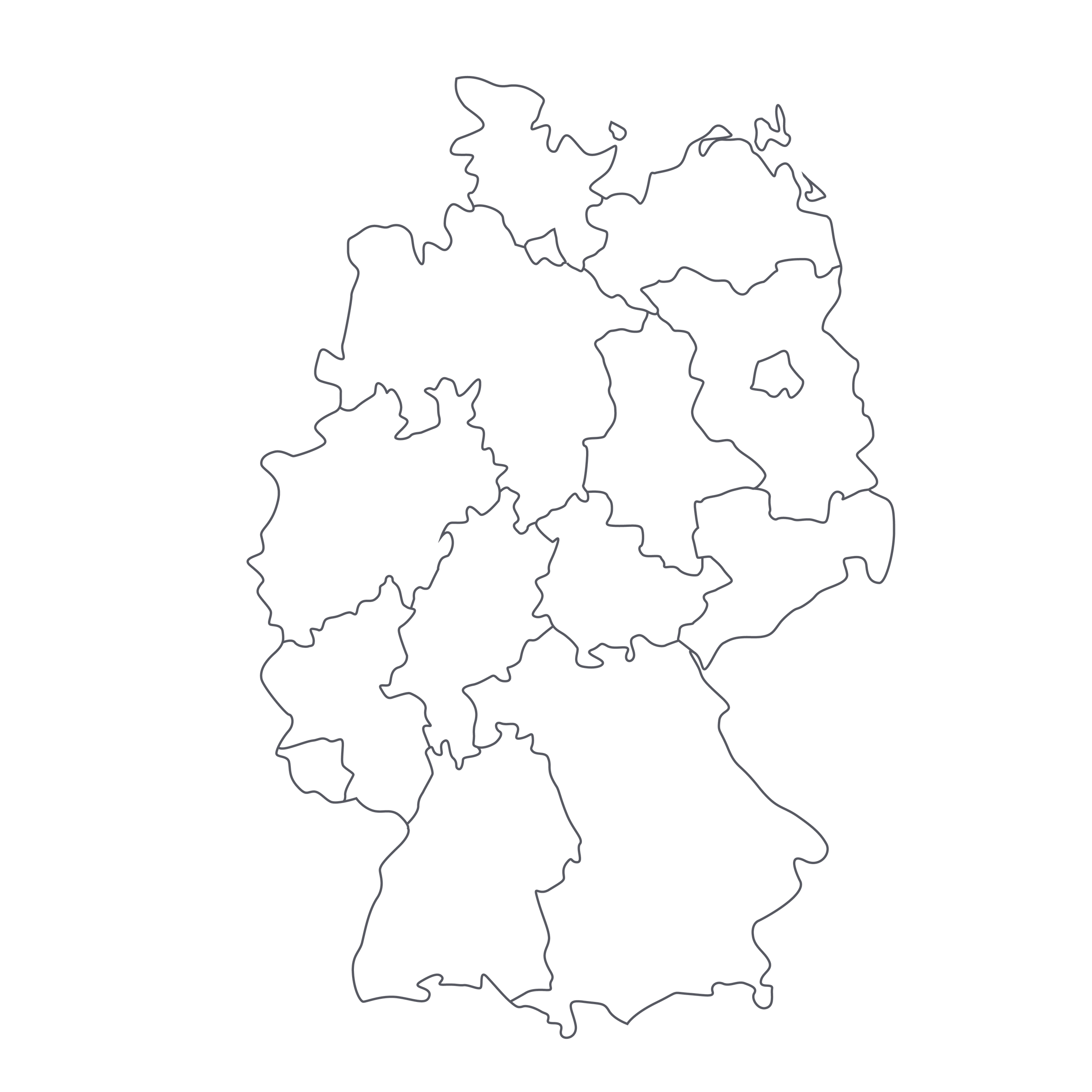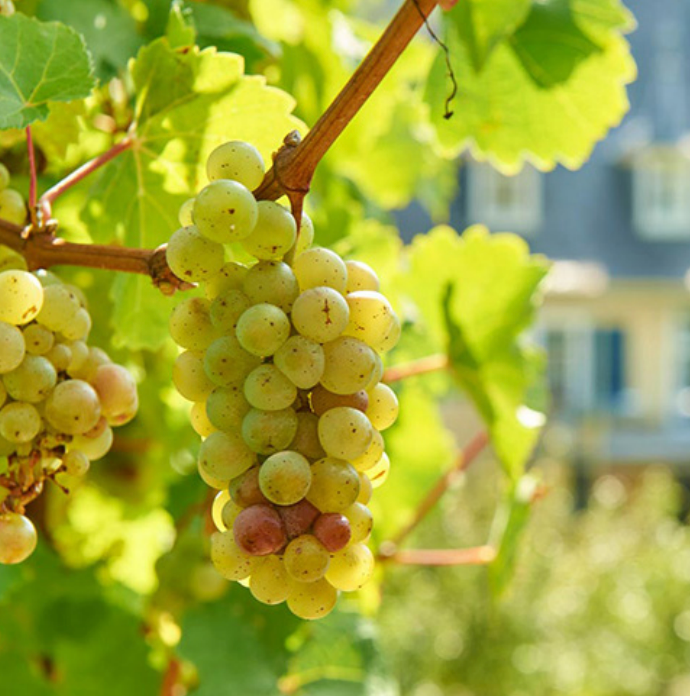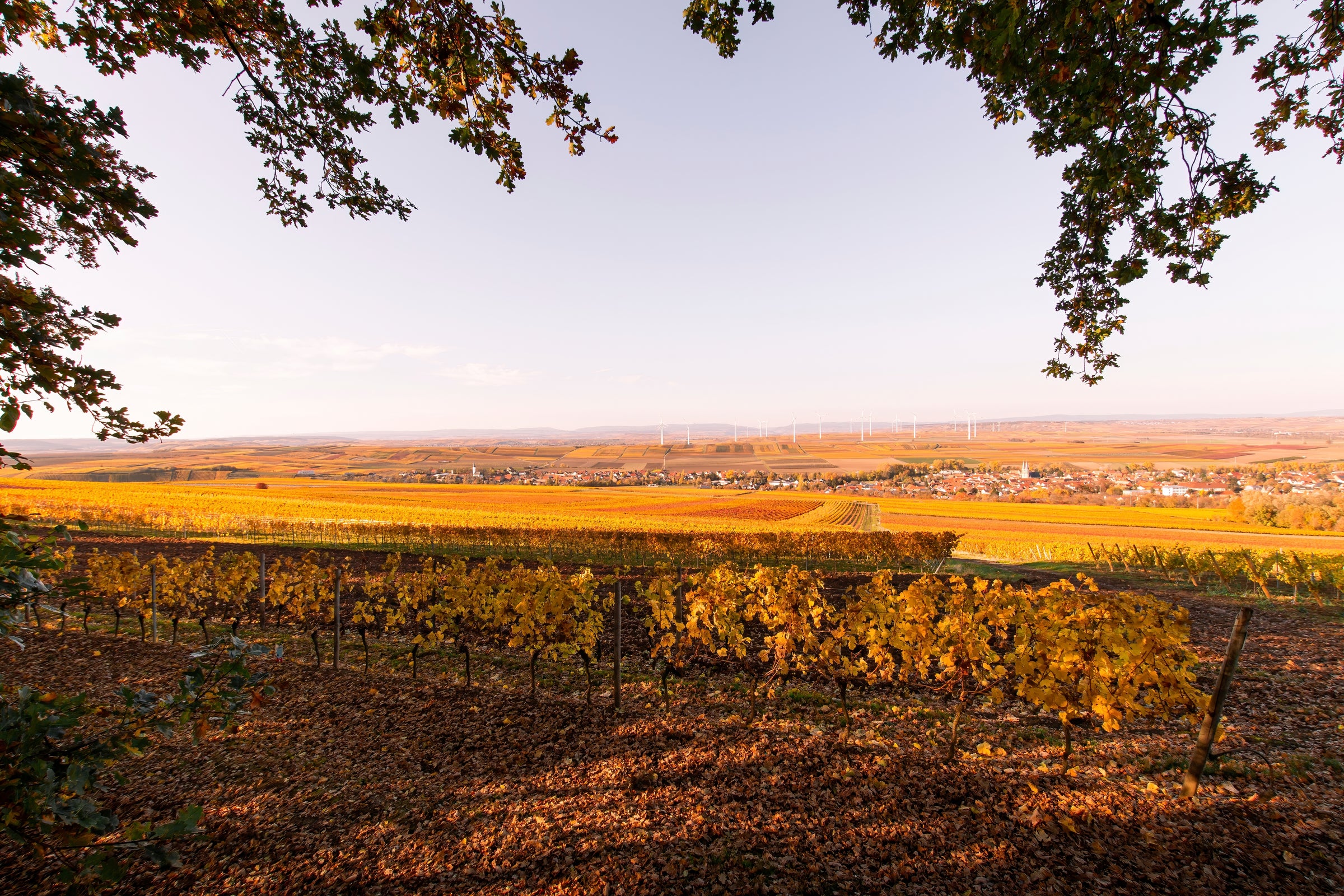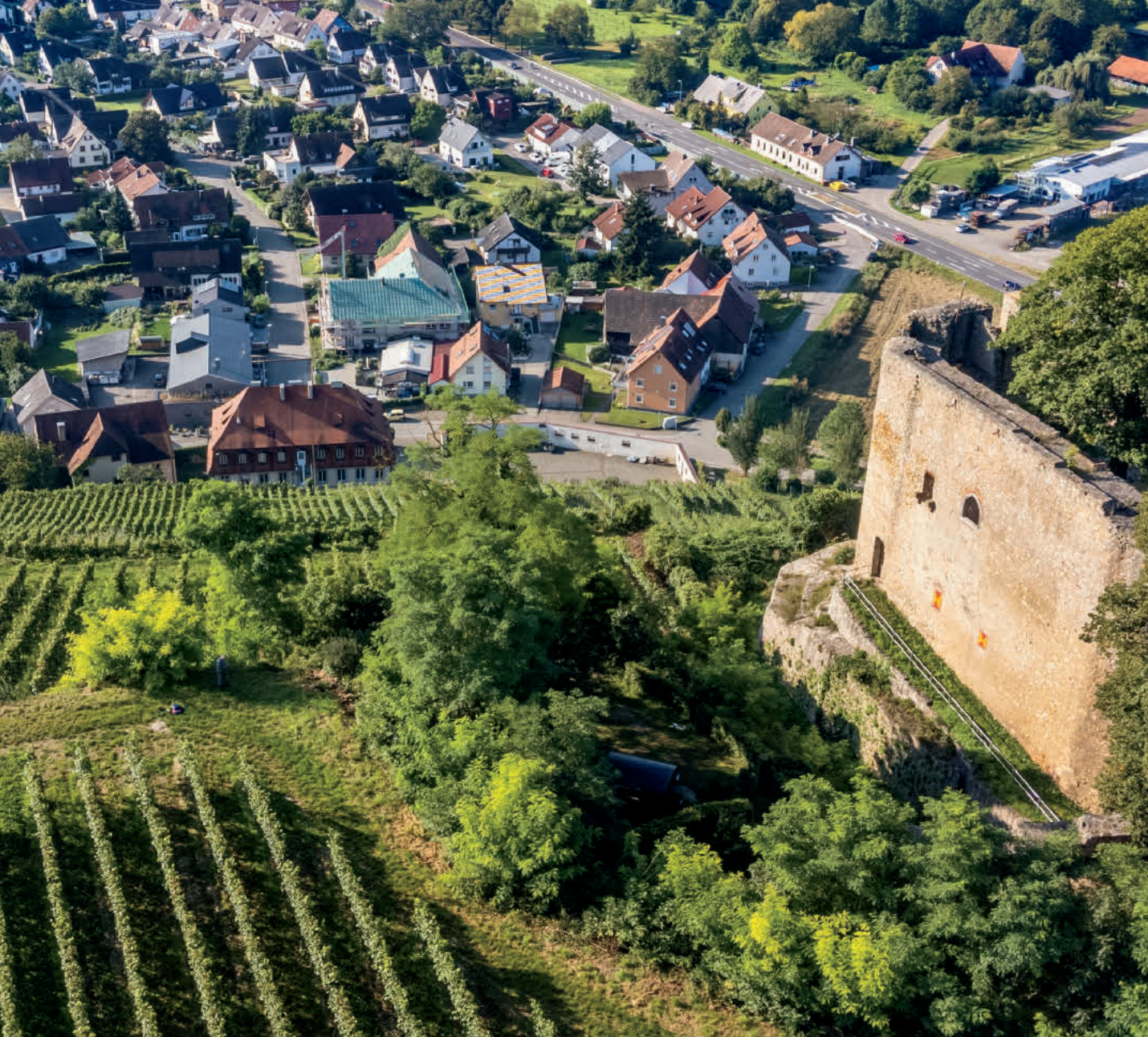Today’s dry Riesling is simply brilliant, both to behold and to contemplate. And while its makers at the historic Karthäuserhof estate have a lot to do with that, the fact remains that the Mosel River Valley in Germany delivers wines like this on a regular basis—wines that showcase the Riesling grape’s inimitable diversity of expressions.
In this one affordably priced bottle of 2008 Riesling you not only get a master class in what happens to white wine as it ages—the deepened, more honeyed color; the broader, more palate-coating texture; the development of more savory, earthy flavors alongside the primary fruit notes—you experience a thrilling kind of sensual and intellectual disconnect. How can a wine that is so ripe—having been made from grapes harvested at higher, spätlese sugar levels—also be dry (trocken)? How can a wine that’s nearly a decade old still be so electrifying and youthful? Riesling’s naturally high acidity provides one answer, as does the cool, season-lengthening climate and poor, primary-rock soils of the Mosel, which allow for slow, even ripening (rather than an accelerated maturation that causes acidity to drop out). Perhaps only Chenin Blanc in the Loire has as many different iterations as German Riesling, but it’s still not an exaggeration to say that there’s nothing like today’s wine elsewhere in the world. It’s why I love the Mosel so much: Here’s a mature (actually, maturing) white wine offering incredibly complex aromatics, hundreds of years of history, and a refreshingly dry, mineral finish at an everyday price. What’s not to love?
If you are not already a Riesling drinker—which I’d find kind of hard to believe if you’re a longtime SommSelect subscriber—Karthäuserhof is an especially authentic producer to start with. With almost a millennium of history behind the estate, it’s safe to say that this wine is hundreds of years in the making. This wine comes from the estate’s oldest vines, or alte reben, and grapes are harvested later (spätlese) than typical, but still fermented dry. So even though the wine is ripe and dense, it finishes dry and electric.
Karthäuserhof is one of those producers we feature again and again, due to their ability to achieve brilliance year after year. The bucolic property, whose name translates to “Farm of the Carthusians” and dates to the 11th century, was first established as a monastery. More recently, however, the past six generations of winemaking have belonged to the same family, with legendary Christoph Tyrell overseeing operations since 1986. Deep in the heart of the Mosel, Karthäuserhof calls the small river town of Eitelsbach home; its single vineyard lay along the Ruwer River just before intersecting with the iconic Mosel. Peppered with ancient trees and an impressive manor house, the lay of the land here feels sequestered from the frenetic rush of today’s world. They are in good company, too—Von Schubert’s Maximin Grünhaus, which you may also remember from past offers here, is right across the river.
Most unique is their continuous 19-hectare monopole (single-vineyard, single owner), eponymously named Karthäuserhofberg. Seeing as it is adjacent to the estate, this allows Tyrell and his team more control over the entire growing and harvesting process. With most vines on their original rootstock, they are sunk deep in sharply inclined hillsides filled with Devonian slate and iron. Organic farming is practiced, and, instead of pesticides, pheromones are applied to keep insects at bay. Post-harvest, as many as 60 different batches of grapes are vinified separately in enameled stainless steel tanks and a final blend is created before a brief respite in their vaulted stone cellars.
As I noted above, there’s nothing else quite like the experience of a spätlese trocken with some bottle age, especially one from a relatively cool vintage like 2008. This wine, which started out as a live wire in its youth, has had a chance to broaden and soften somewhat, its color now a deep, reflective yellow-gold with only trace hints of green at the rim. The aromas are a heady mix of white peach, green mango, lime zest, acacia honey, wet slate and a trademark hint of the classic ‘petrol’ (a polite, British way of describing the vaporous intensity of gasoline and other fuels). Just over medium in body and bracingly dry, it is both mouth-coating and mouth-watering at the same time—a trick which, as I said, is something Riesling is uniquely qualified to pull off.
I foresee another 5-10 years of flattering development ahead of this wine, but it is, of course, eminently enjoyable right now. Open this affordable treat about an hour before serving in large white wine (or even red wine) stems, and let it come up to about 50 degrees—just under cellar temp—to get the full aromatic picture. Its texture, and its slight suggestion of sweetness combined with low alcohol, make it one of my go-to choices for the delicate spice of numerous Cantonese (southern China) dishes. This particular dish is a pairing you will never forget.






